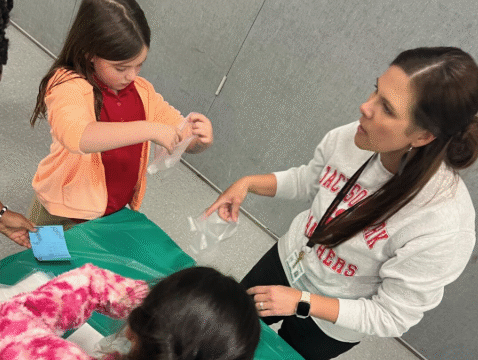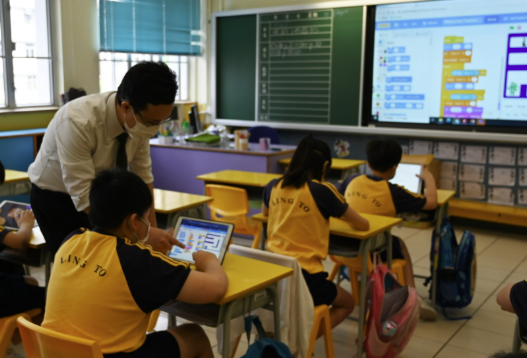Creativity in the classroom can spark curiosity, deepen learning, and transform educational experiences. When school leaders actively encourage and support teacher creativity, they empower educators to design innovative lessons, experiment with new strategies, and respond more effectively to student needs. Fostering creativity isn’t just about freedom—it’s about building a supportive culture where innovation is celebrated and nurtured.
Cultivate a Culture of Trust and Innovation
Creativity flourishes in environments where educators feel trusted and supported. Leaders can establish a culture of innovation by encouraging risk-taking, welcoming new ideas, and creating space for experimentation. When teachers know their creativity is valued and that mistakes are part of the learning process, they’re more likely to try new approaches.
Provide Time and Resources
Inspiration needs time and support to grow. School leaders can foster creativity by ensuring teachers have planning time, access to flexible classroom materials, and opportunities for collaboration. Providing resources—whether it’s technology, professional development, or creative spaces—sends a clear message that innovation is a priority.
Recognize and Share Creative Practices
Highlighting creative teaching builds momentum. Leaders can share examples of innovative classroom projects during staff meetings, newsletters, or school events. Recognizing and celebrating these efforts not only affirms the teacher’s work but also inspires others to explore their own creative potential.
Encourage Collaborative Creativity
Creativity is often amplified when teachers collaborate. Leaders can promote co-planning, interdisciplinary projects, and peer observations that allow educators to learn from one another’s strengths. These partnerships often spark new ideas and foster a more connected teaching community.
Offer Flexible Structures
Rigid schedules and expectations can stifle creative energy. Leaders can support flexibility by allowing teachers to adapt curriculum, modify instruction based on student interests, and choose diverse assessment strategies. Providing room to customize learning pathways enhances teacher autonomy and student engagement.
Model Creative Leadership
When leaders think creatively themselves, they set a powerful example. Whether through creative problem-solving, organizing engaging staff activities, or piloting new programs, leadership that demonstrates innovation encourages a school-wide culture of imaginative thinking.
Support Continuous Learning
Creative educators often draw inspiration from learning outside their immediate roles. Leaders can support this by promoting professional development that includes the arts, design thinking, and emerging technologies. Encouraging conference participation and knowledge-sharing sessions helps sustain teacher innovation.
Final Thoughts
Encouraging teacher creativity through leadership is about more than offering permission—it’s about building a community where imagination, experimentation, and passion for learning are central values. When leaders champion creativity, they help teachers ignite it in their students, creating vibrant classrooms full of possibility and purpose.





